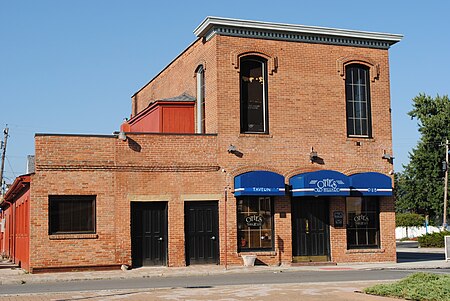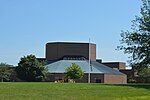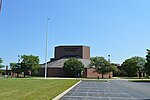Winterringer Building and House
Commercial buildings on the National Register of Historic Places in OhioHilliard, Ohio

The Winterringer Building and House is a historic commercial building with an adjacent home, located in historic "Old Hilliard" in Hilliard, Ohio, United States. The property comprises a brick commercial building with an adjacent frame residence used by the buildings owner. The commercial building was built around 1870 in the Italianate style and features a commercial storefront with a pressed metal cornice and arched hood molds. The residence was built around 1880 and is Gothic influenced. It was added to the National Register of Historic Places on June 9, 1988.
Excerpt from the Wikipedia article Winterringer Building and House (License: CC BY-SA 3.0, Authors, Images).Winterringer Building and House
Main Street, Norwich Township
Geographical coordinates (GPS) Address Phone number Website Nearby Places Show on map
Geographical coordinates (GPS)
| Latitude | Longitude |
|---|---|
| N 40.033888888889 ° | E -83.159722222222 ° |
Address
Coffee Connections
Main Street 4004
43026 Norwich Township
Ohio, United States
Open on Google Maps









